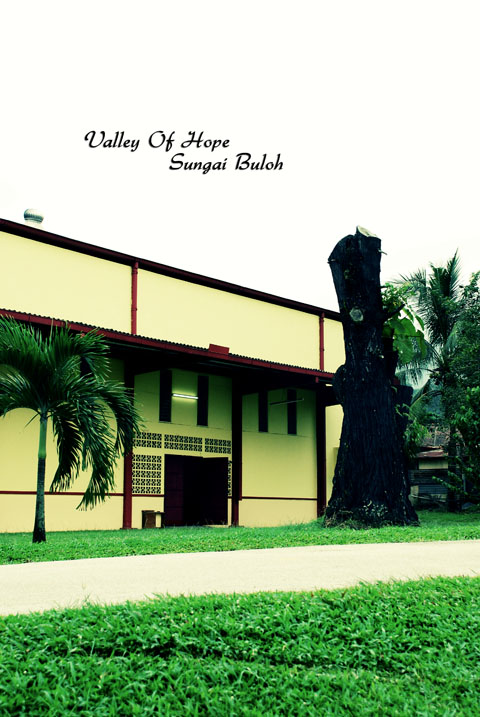
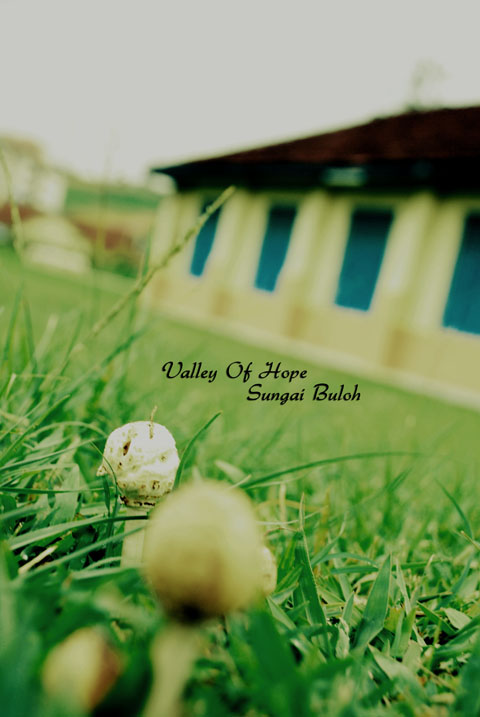

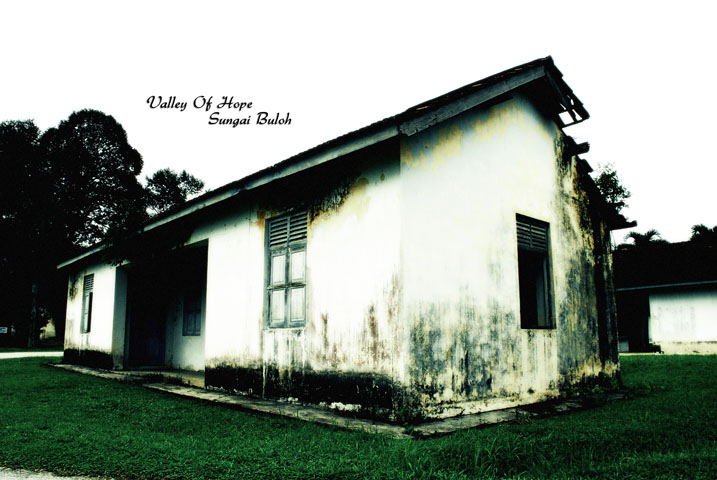
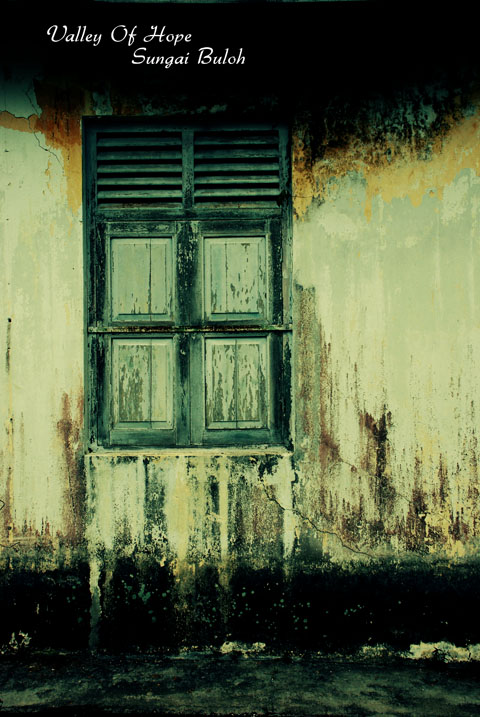
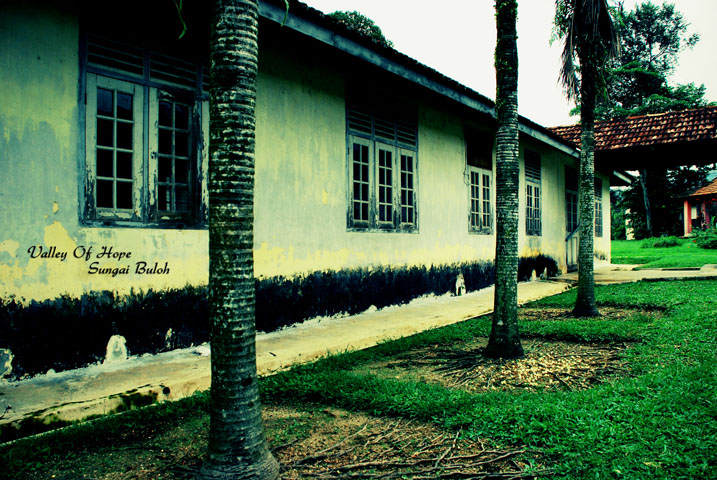
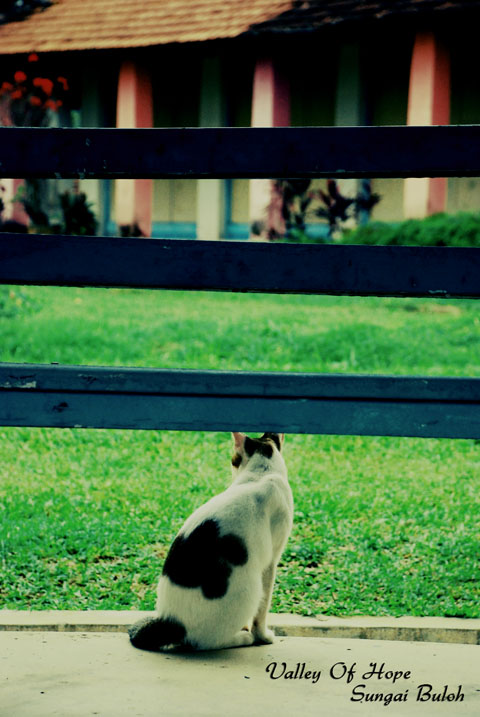
After 80 years of history, there are only less than 400 people remaining in the Sungai Buloh Leprosy Settlement. This settlement, which once had more than 2,000 patients, has no new cases after prevention and cure treatments were found in the 1980s. Since then, some of them returned to the society and reunited with their families. Some people are old and have decided to stay at the community forever. As the number of population is reducing, some facilities have been abandoned, and some have been used as the hostels for flower nursery workers. Some parts have also been used as warehouses. Meanwhile, some has been dismantled to open up more land for flower nurseries.

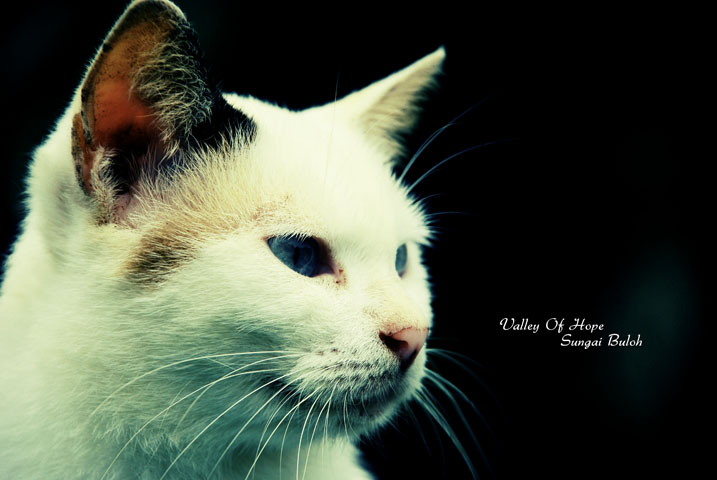
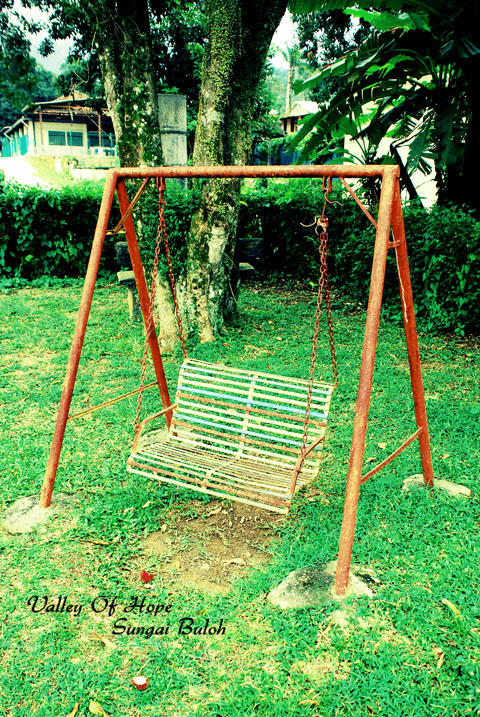
When the leprosy settlement began losing its original purpose, the Ministry of Health decided to develop this settlement into a medical faculty with medical treatment and research facilities as well as staff hostels. However, this development was bound to completely dismantle the original leprosy settlement as it needs to cope with the demand for more space. Under such circumstances, this historical and culturally-significant settlement will be knocked down completely. In order to preserve this heritage, an architectural researcher Lim Yong Long had submitted a proposal to the Minister of Culture, Arts and Heritage early July last year for it to be gazetted as a National Heritage site. He hoped that his proposal will convince the government to change its plan and preserve the settlement. However, he has failed. The eastern side of the settlement, which has more than 70 years of history, has been alienated by the Health Ministry last September.
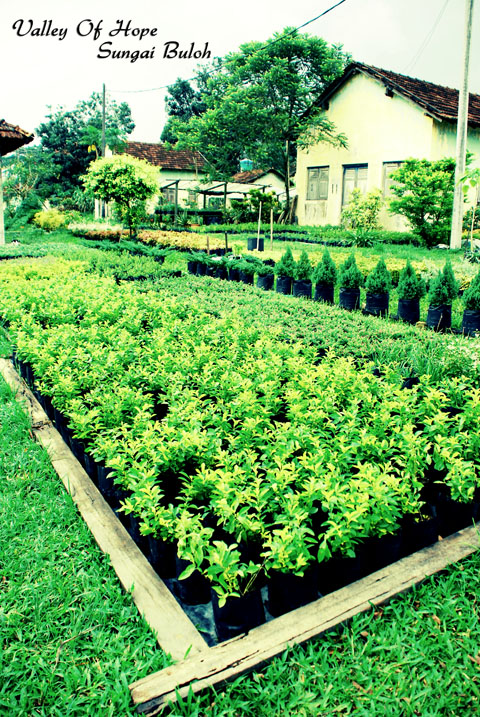
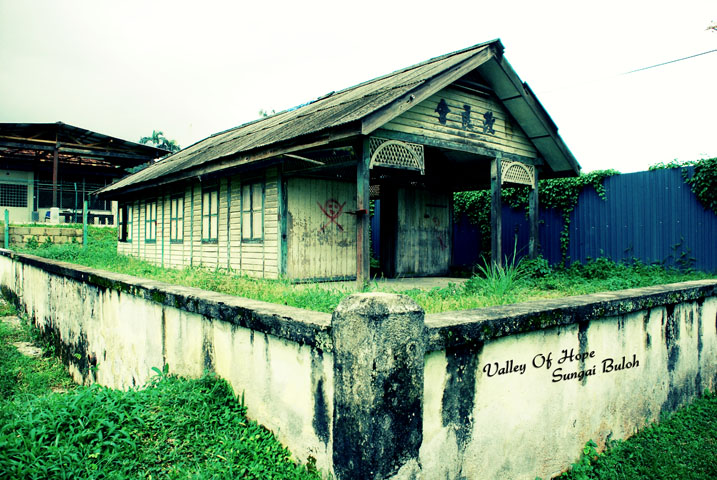
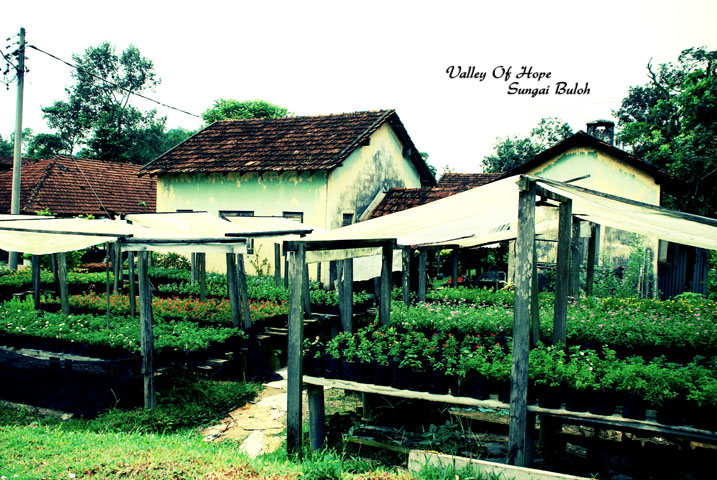
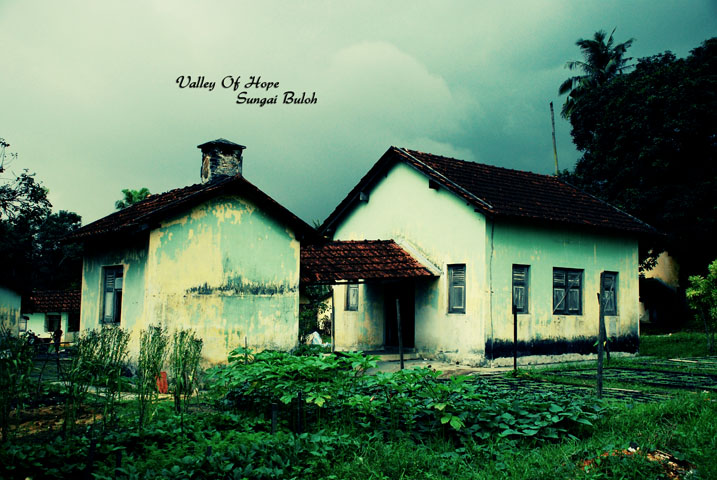
But attention was drawn to it following press reports and the publicity campaign mounted by the Kuala Lumpur & Selangor Chinese Assembly Youth. The Kuala Lumpur & Selangor Chinese Assembly has successfully formed the “Save Valley of Hope Solidarity Group”. This non-governmental organisation is the first cultural heritage preservation group that was formed by young people (their average age is less than 30 years old) in Malaysia. They have since a series of activities, such as seminars, press conferences, photo exhibitions, tours and a carnival themed “I Love Valley of Hope” last December. They hope more people will understand the significance of preserving Sungai Buloh Leprosy Settlement, as well as its cultural heritage. When more and more people understand the preservation value of Sungai Buloh Leprosy Settlement, the government will certainly feel the pressure from public opinion and thus re-review its development plan.
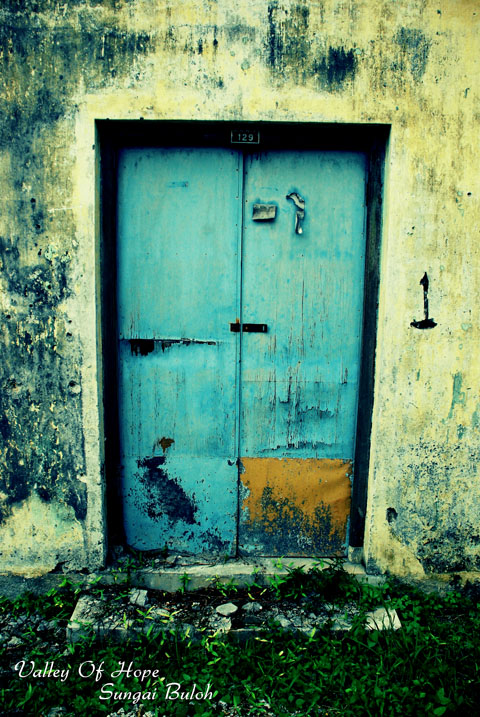
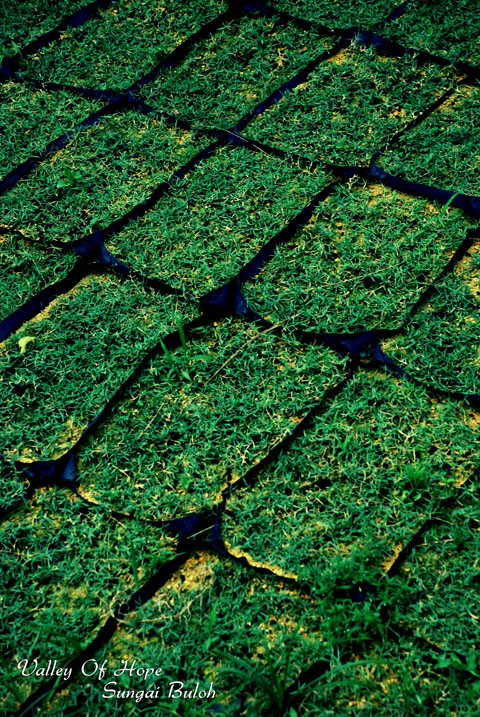
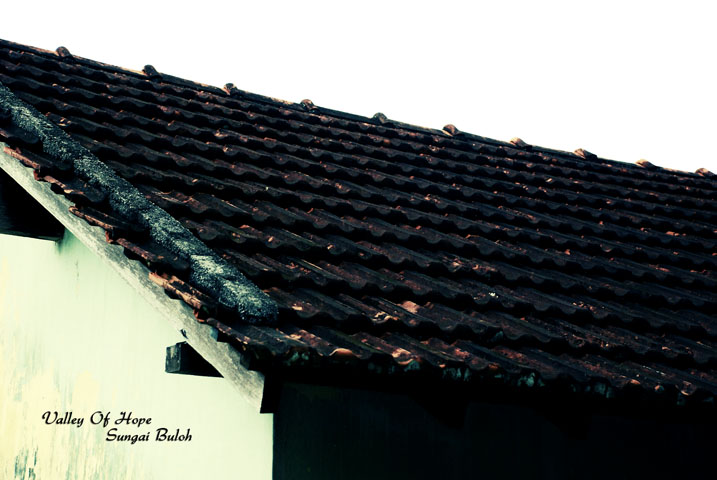
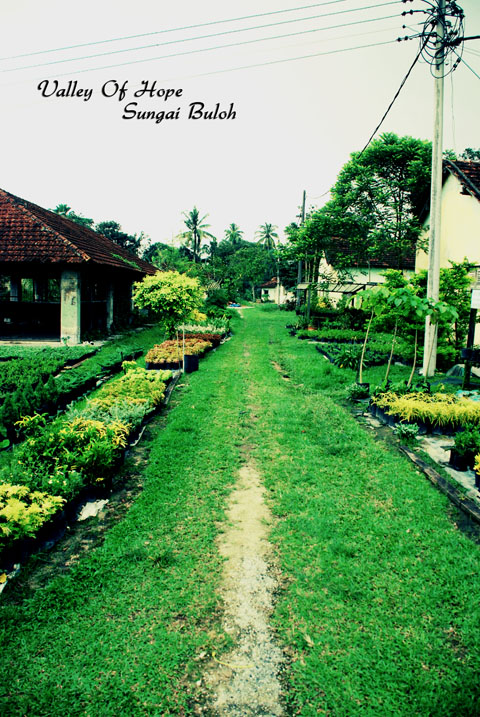
Apart from spreading the message of the importance of the leprosy settlement and conveying to the government the wishes of many to preserve the settlement, another important task at hand is the site research on the Sungai Buloh Leprosy Settlement. The environment needs also to maintained for the memory of the people who have stayed in the community for decades. This culture represents the history of this place. Therefore, besides trying to save these historical heritage, its spirit (intangible culture), such as oral histories, record of activities, habits, customs and so on must also be recorded, because this will be gone when these buildings were to be demolished.
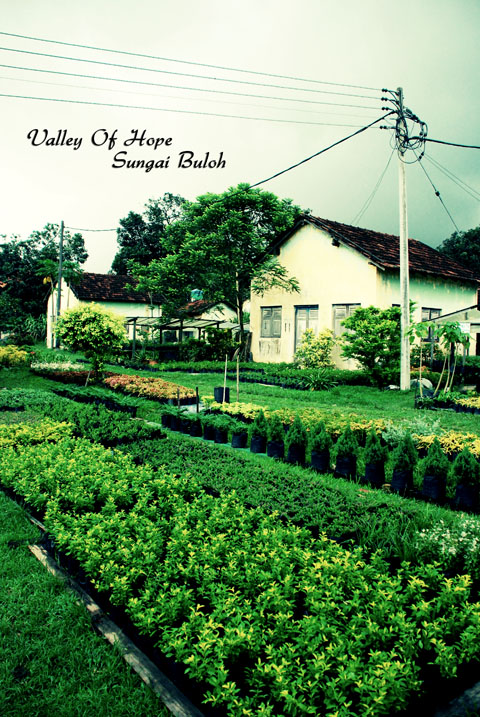
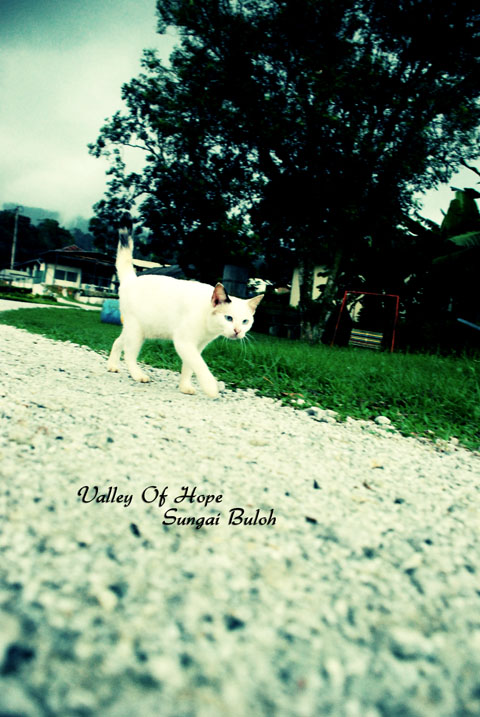
The members of the “Save Valley of Hope Solidarity Group” come from different backgrounds and specialization. For example, lecturers and students from Chinese Language courses can join the information group for data collection and oral history survey. For those who are in mass communication course, they can help in publicity, promotion and video recording. Members with architectural background can do study and research on the historical buildings, assist in the alternate development project, participate in the planning work and so on. Meanwhile, members with sociology knowledge can create a way to build a community identity among the residents. It can help to arouse their enthusiasm in preserving their home.

When the support group began their investigation and research work, students from Taiwan Chung Yuan Christian University's Department of Landscape came to Malaysia. These students know mapping survey. They helped in the survey of the settlement's living environment. The complete record of the existing living environment was done through visitation, field mapping and photography. These techniques were used in other countries. For example, during the period of Japanese rule in Taiwan, Japanese anthropologist Chijiiwa Suketarou used this approach to investigate Taiwan's aborigines. Later, especially when their culture was gradually replaced by foreign culture, these historical surveys have become the most important basis to study Taiwan's prototype construction and aborigines' buildings. For the same reason, it is necessary to record the living environment of the residents in Sungai Buloh leprosy settlement as soon as possible when the leprosy settlement is about to disappear.
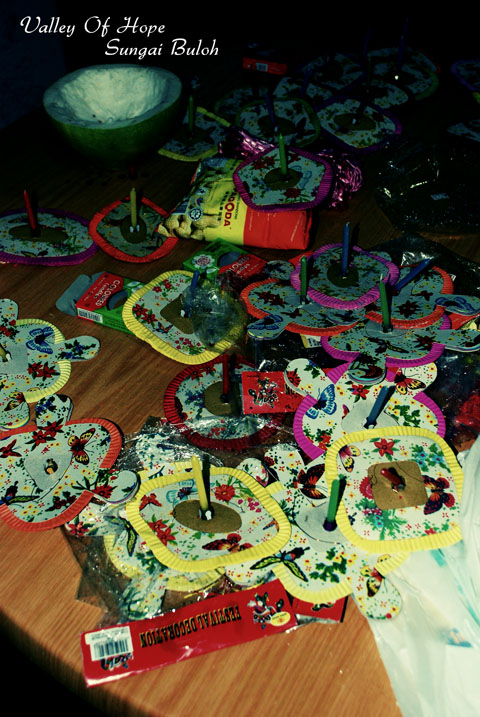
The so-called living environment survey is to map the environment. Not only the structure of the buildings would be recorded, but the space use will also be recorded. For example, furniture display, life apparatus, and even activities. As technology is getting advanced, they can now make use of digital technology, such as digital cameras and video cameras. These records will eventually be helpful to anthropology, architectural and medical studies. By then, we can at least have a detailed record before the leprosy settlement is completely removed. These records have its significance.
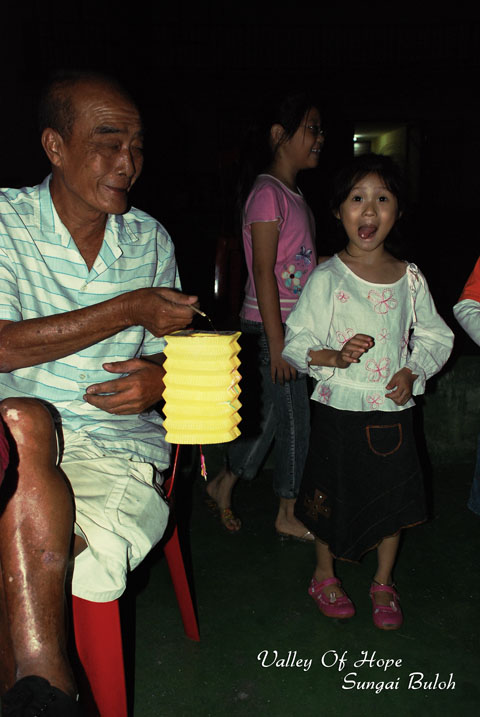
As the Sungai Buloh Leprosy Settlement was being dismantled, the young “Save Valley of Hope Solidarity Group” never give up. On the contrary, they were getting more and more enthusiastic in the activities. As the participants come from different backgrounds, their plan and activities become more and more diversified. When the government was adamant in going ahead to remove the old structures arguing that it has not heritage features, the young campaigners new ways to move their work forward. We want to ask: when the young people begin to see the deeper significance of preserving historical heritage, shouldn't the government review their attitude?
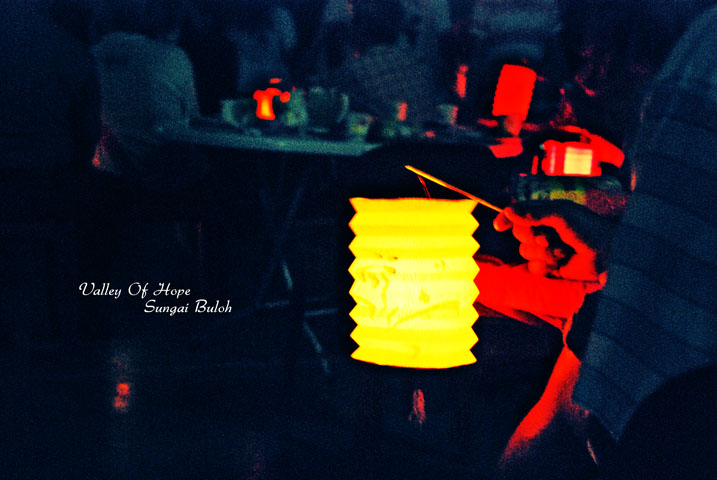
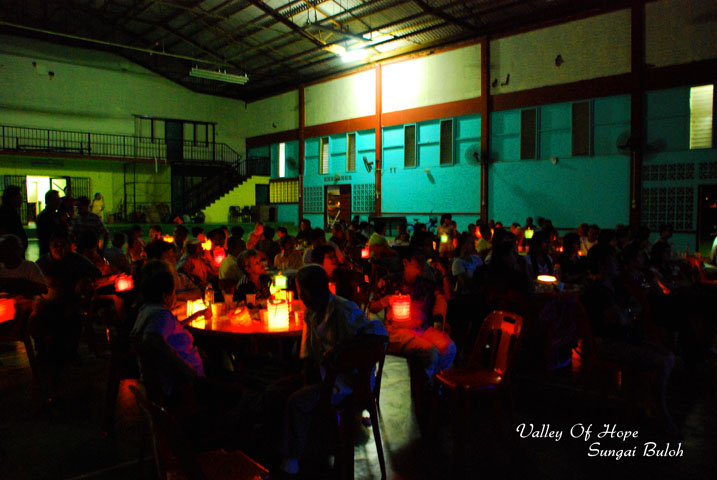
Regardless of the result of the leprosy settlement, I believe that the young people who have got together in this preservation activities will understand the importance of cultural heritage preservation. Not only this preservation can be used to attract tourists, it can also further inspire us when we obtain rich historical information from the heritage project. The preservation is good for the future development of various areas. Therefore, historical heritage preservation will not fail as long as someone is involved in the such activities. Even if the buildings were to be dismantled in the future, we would still have the records. With such an education opportunity, the young generation will become the new driving force in cultural heritage preservation in the future. If we can continue to call the young people to join the preservation activities, our country's cultural heritage will have hope. (By Zhang Ji Qiang/ Translated by Lee Mei Nyee/ Sin Chew Daily)
Sauce : http://www.mysinchew.com/node/9997 and http://valleyofhope.blogspot.com/
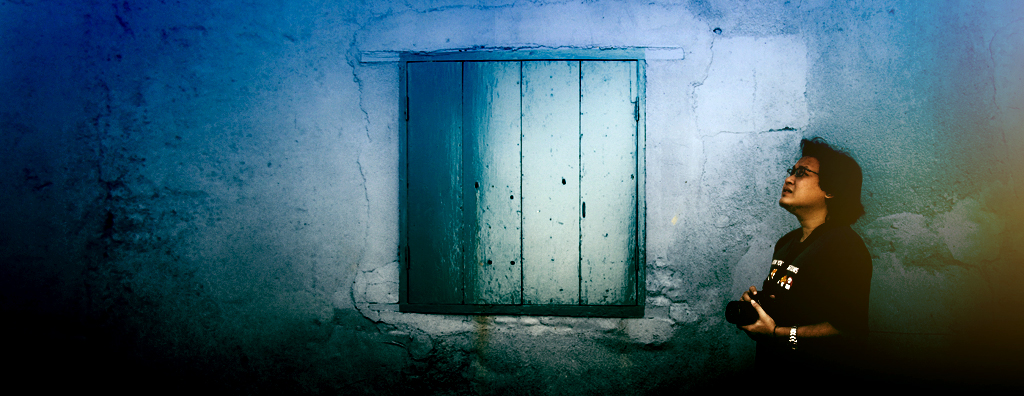

8 comments:
beautiful images, and I agree, this is something that needs to be remembered.
Leprosy still effects millions of people around the world, this history, current effort for rights and dignity and whatever the future bring, all impact on our lives today.
Thank you
A very meaningful place.
Nice shots you've got there. Love the pics :)
and thanks for the long descriptions on this place :)
Hi anonymous and ahlost, thank you very much.. this is something that i can done.. hope that place will be well preserve for our next generation to remember..
for me...ur pic look very clasic...nice...dude! i went to that place before...if i'm notmistake...it used to be hospital sg. buluh before...my cousin delivered her 3 baby in one of the building....but now it become rumah harapan rite?
Thanks qasehmanja. It is somewhere near the Sg Buloh hospital. Just go straight along the Sg Buloh hospital road and you will reach that place. Go there early in the morning for greater view.
Wah... Ini post sudah basi.. Ada yang baru ke? *LOL*
Haha! Yeah lo! Got but no time to update. This weekend will update it. Hehe!
i really want to go there have a look~~
i know there is beautiful and meaningful~~
Hope our goverment wont so fast develop it~~
:p
Post a Comment